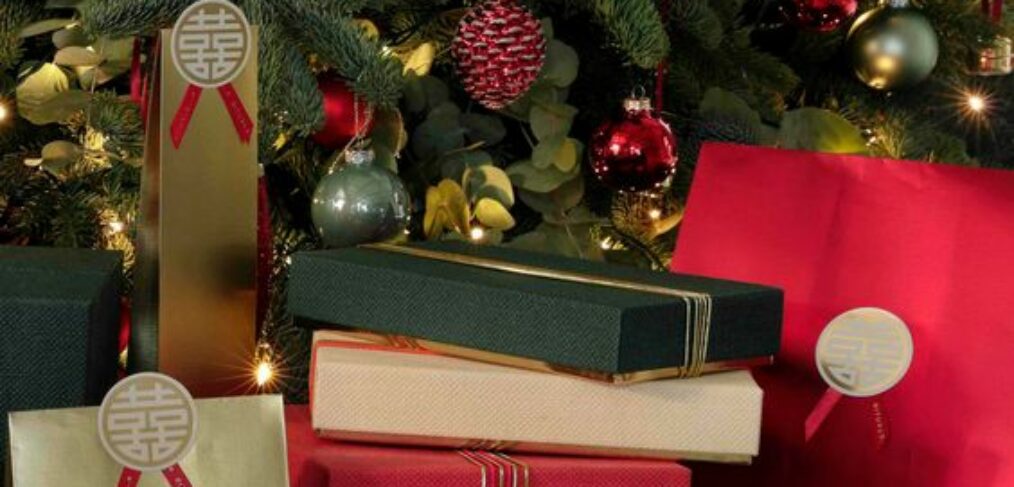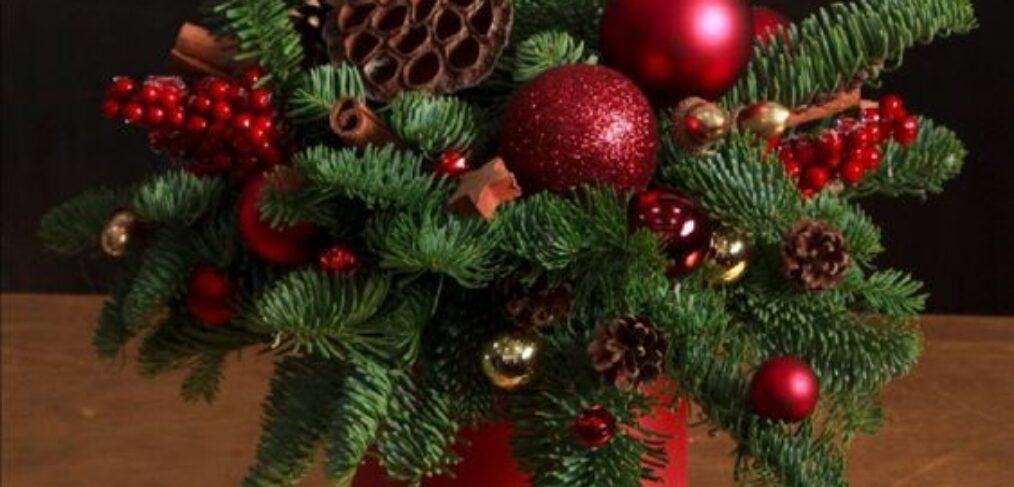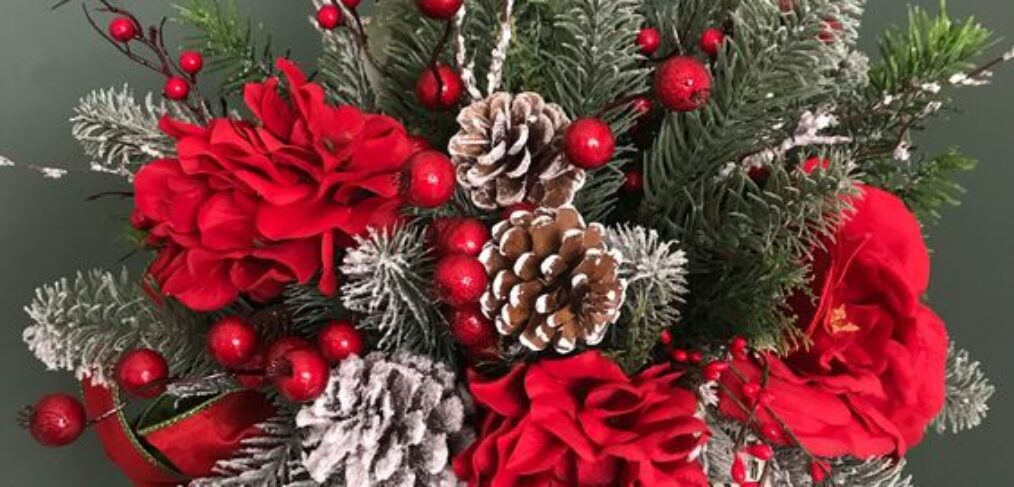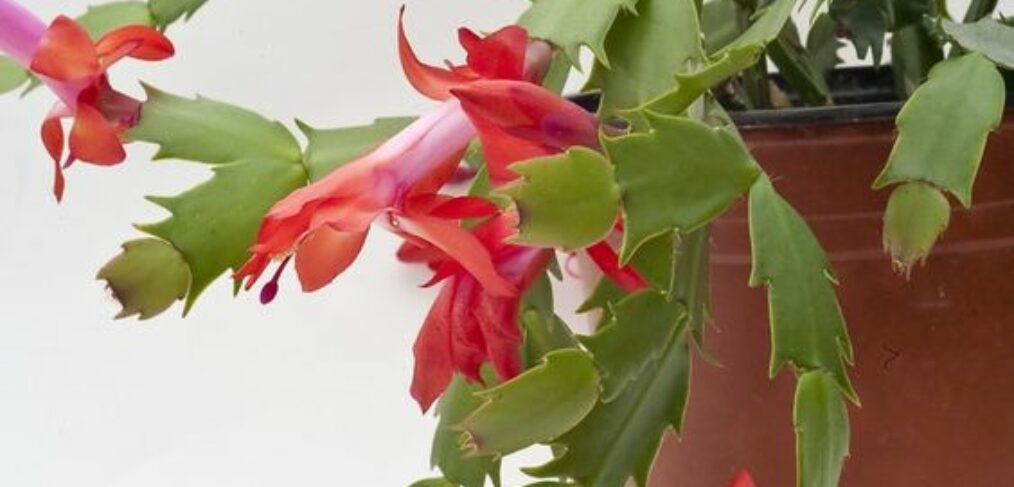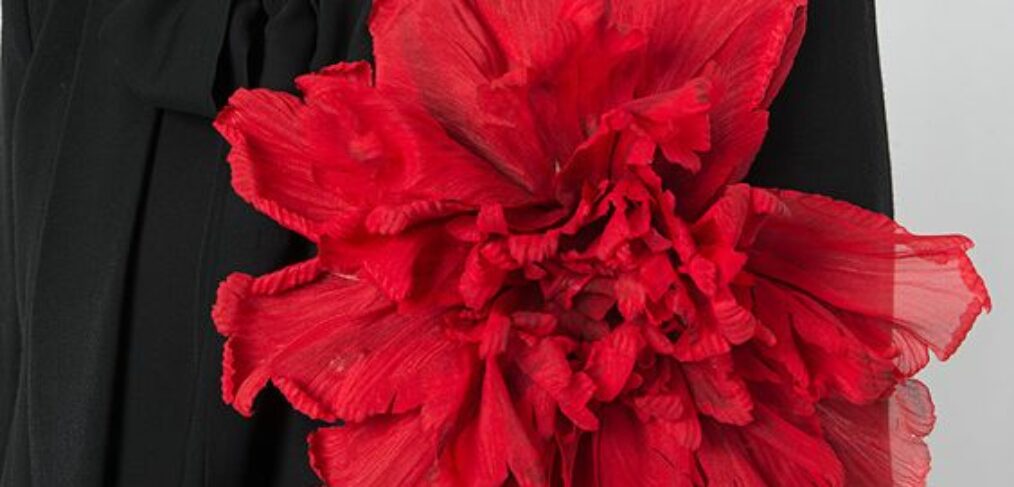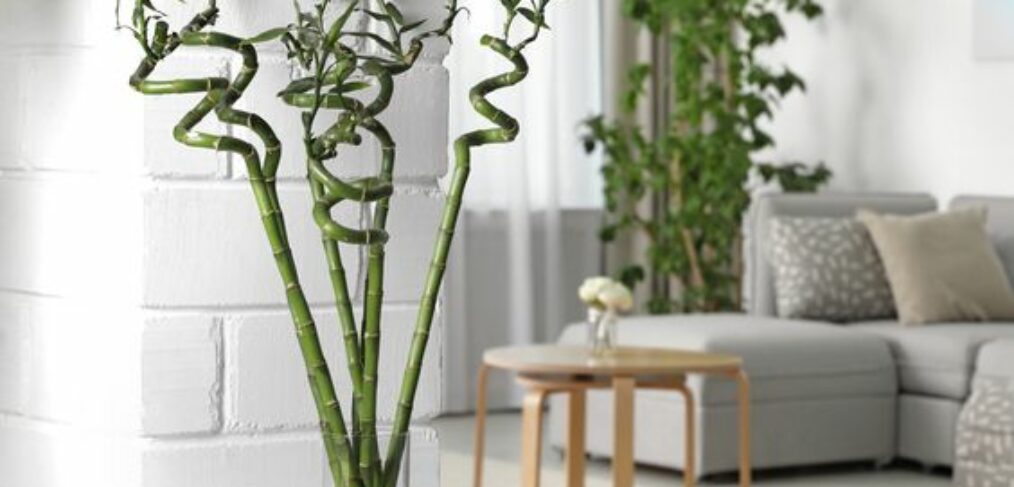Fresh flowers have been captivating human hearts for centuries, transcending cultures and civilizations. Their beauty goes beyond mere aesthetics, as they hold the power to evoke emotions, convey messages, and symbolize various sentiments. Whether nestled in a vibrant garden, adorning a special occasion, or gracing our living spaces, these blooms have a unique ability to brighten our days and uplift our spirits.
Join us as we delve into the fascinating realm of fresh flowers, exploring their various wonders, and the incredible diversity that Mother Nature bestows upon us. From the delicate petals of a rose to the intricate patterns of a sunflower, each bloom has a story to tell, and together, we will unravel the secrets hidden within their graceful forms.
Prepare to be inspired by the wonders of fresh flowers as we embark on this journey of admiration, appreciation, and discovery. Let the petals unfurl and the fragrances surround you, as we celebrate the timeless beauty that blooms anew with each passing season.
- Aesthetic Beauty:
- Emotional Upliftment:
- Symbolism and Meaning:
- Cultural Significance:
- Healing Properties:
- Connection with Nature:
- Environmental Impact:
- Culinary Uses:
- Artistic Inspiration:
- Gifts of Expression:
1. Aesthetic Beauty:
Fresh flowers are nature’s artwork, offering a kaleidoscope of colors, shapes, and textures. They can instantly enhance the visual appeal of any space, whether it’s a home, office, or special event.
2. Emotional Upliftment:
The sight and scent of fresh flowers can have a positive impact on emotions. Studies have shown that the presence of flowers can evoke feelings of happiness, reduce stress, and improve mood. They are often used to convey messages of love, joy, and sympathy.
3. Symbolism and Meaning:
Different flowers carry distinct symbolic meanings. For example, roses are often associated with love, lilies with purity, and sunflowers with happiness. The language of flowers, known as floriography, has been used throughout history to express sentiments and emotions.
4. Cultural Significance:
Fresh flowers play a crucial role in various cultural and religious ceremonies. They are used in weddings, funerals, religious rituals, and other occasions like valentines day, adding a sense of spirituality and beauty to these events.
5. Healing Properties:
Some cultures believe in the therapeutic properties of certain flowers. Aromatherapy, which uses essential oils extracted from flowers, is one such example. The scent of flowers can promote relaxation, reduce anxiety, and contribute to overall well-being.
6. Connection with Nature:
Bringing fresh flowers into indoor spaces helps people connect with nature. In today’s urbanized and technology-driven world, having a touch of nature indoors can provide a sense of tranquility and balance.
7. Environmental Impact:
Flowers contribute to the ecosystem by attracting pollinators like bees and butterflies. They play a vital role in the reproduction of many plant species, supporting biodiversity and the health of ecosystems.
8. Culinary Uses:
Some flowers are edible and are used in culinary applications. Edible flowers can be used to garnish dishes, add flavor to beverages, and create visually appealing and tasty treats.
9. Artistic Inspiration:
Fresh flowers have inspired artists, poets, and writers throughout history. Their beauty has been captured in various art forms, from paintings and sculptures to literature and music.
10. Gifts of Expression:
Giving and receiving fresh flowers is a timeless and universal gesture of affection, celebration, or sympathy. The act of gifting flowers allows people to express their emotions without words.
In essence, the wonders of fresh flowers go beyond their physical attributes; they touch upon emotional, cultural, and ecological aspects of human life, making them a truly remarkable and appreciated part of our world.



